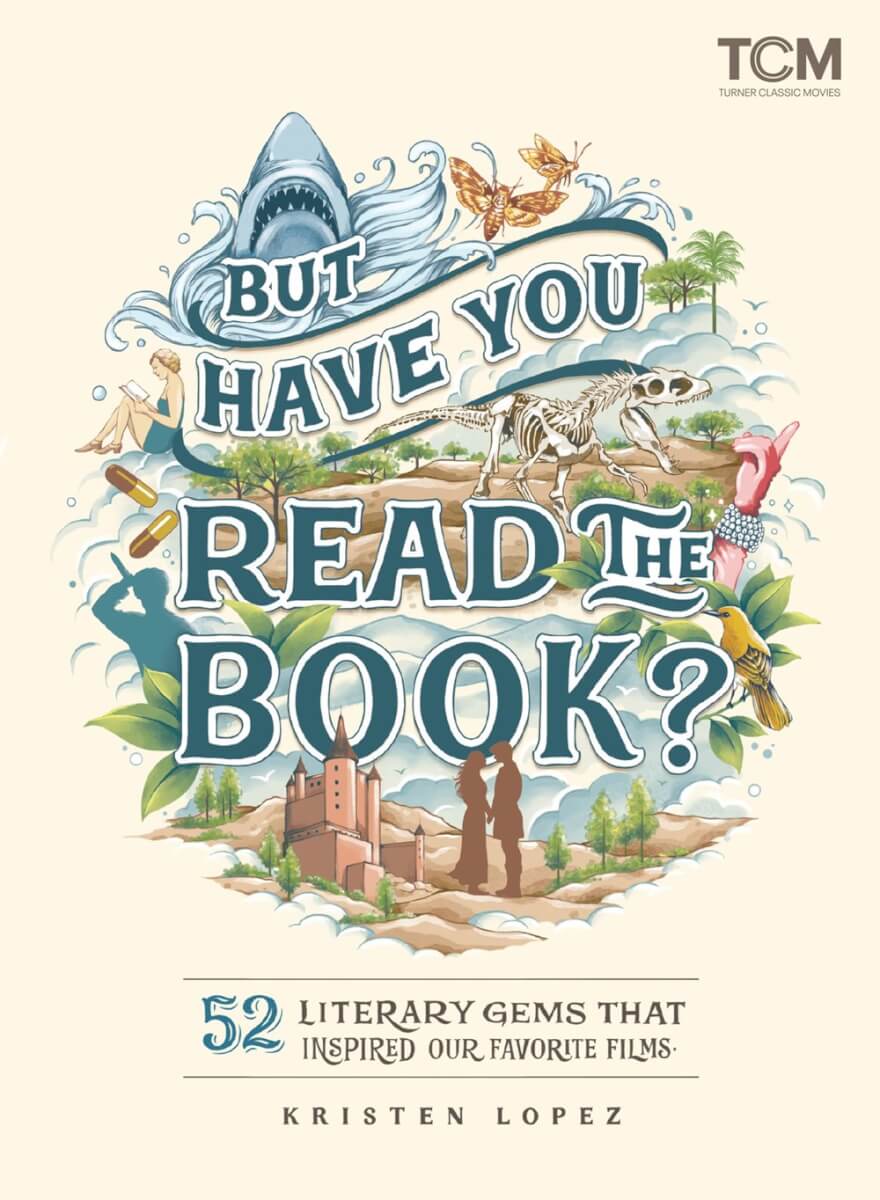I read the entirety of award-winning poet and novelist Honorée Fanonne Jeffers’ masterwork, all 816 pages of it, on the tiny screen of my phone during a trip throughout Washington. I can’t think of any other epic book that would be worth that kind of reading experience, but The Love Songs of W.E.B. Du Bois is special. While driving across the state, I regularly came across attempts to recognize and honor the Indigenous peoples who once populated that land, gestures that I don’t often see in the South where I live. For this reason, the long gaze of Jeffers’ novel felt like the answer to a prayer. It tells the full history of an American family—whose heritage is African, Creek and Scottish—and their centurieslong connection to a bit of Georgia land, as revealed by the research of one descendant, Ailey. It made me wish that all American lands could have their chance to tell their full stories, all the way back to the beginning.
—Cat, Deputy Editor
It is rare that a book simultaneously checks the boxes of timely, important, in-depth and narratively gripping. But the 640 pages of journalist Patrick Radden Keefe’s Empire of Pain walk the line between an impressively researched tome and a page-turning, propulsive story. Keefe’s 2021 tour de force recounts the full, damning tale of the Sackler family, spanning three generations of this American dynasty and their dealings at Purdue Pharma, the pharmaceutical company that produces the opioid pain pill OxyContin. The Sacklers worked hard to keep their name from being associated with OxyContin, and Empire of Pain makes it clear why—from their invention of the concept of marketing prescription drugs, to their tactic of offering regional sales reps monetary incentives for getting more doctors to prescribe more of their drugs, to their outright lies about how their product would not lead to addiction. It is a harrowing story of one family’s catastrophic contributions to the opioid crisis, masterfully told by a top-notch writer.
—Christy, Associate Editor
“You have fished in the waters of history and arranged some fractured pieces into a picture . . . but your determination to make it truth does not mean it is so,” declares Ead, one of the heroines of The Priory of the Orange Tree. Reading Samantha Shannon’s 848-page novel can feel like arranging fractured pieces into a complete picture, as it depicts the intersecting journeys of four narrators from different corners of an exquisitely detailed fantasy world. Ead, Tané, Niclays and Loth each have deeply held beliefs about the nature of good and evil, and a crisis that could annihilate humanity is bringing those beliefs into conflict. I will admit that I picked up the book for its Sapphic love story, and that’s a good reason to read it. The romance was tender and gorgeous, unfolding slowly enough to surprise me even though I was looking for it. However, when the casualties become devastating, what keeps you going is the thrill of connecting fragments of history and mythology from each storyline, knowing you will “see soon enough whose truth is correct.”
—Phoebe, Subscriptions
The Vanity Fair Diaries
There are many reasons that British journalist, writer and editor Tina Brown could land on one’s radar. She’s the founding editor-in-chief of The Daily Beast, the first female editor of The New Yorker and the author of two bestselling books on the royal family. But the achievement that cemented Brown’s reputation was her miraculous turnaround of Vanity Fair. Resurrected by Condé Nast in 1983, the new VF was floundering, so the 30-year-old Brown quickly engaged talent like Dominick Dunne, Gail Sheehy and Helmut Newton, and wooed advertisers like Calvin Klein and Ralph Lauren. Controversial stories grabbed headlines; so did provocative covers (who can forget the shot of a nude, pregnant Demi Moore?). Brown loves gossip and has a sharp wit, which means her behind-the-scenes stories of the 1980s NYC glitterati alone could carry 500 pages of memoir. But she’s also honest about the mistakes she’s made and the challenge of balancing a family and career. The Vanity Fair Diaries will leave you hoping Brown chronicled her time at the New Yorker too.
—Trisha, Publisher
The American Library Association’s Caldecott Medal is awarded each year to “the artist of the most distinguished American picture book for children.” In 2008, it was won by this love letter to French inventor and film director George Mélies. To make a 544-page story short, it’s extraordinary, with 158 pencil drawings that will make you rethink everything you think you know about what picture books can be. The Invention of Hugo Cabret begins by inviting you to “picture yourself sitting in the darkness, like the beginning of a movie” and then captures your imagination via 21 wordless spreads. In many ways, Brian Selznick’s story is about small things that combine to form a creation greater than the sum of its parts, from a boy who lives in a train station and steals toys from the cantankerous owner of a toy booth to paragraphs filled with exquisitely yet economically observed details. Few picture books can be described as perfect, but this is one of them.
—Stephanie, Associate Editor
Correction, February 15, 2023: This article previously misspelled the name of Dominick Dunne.







































